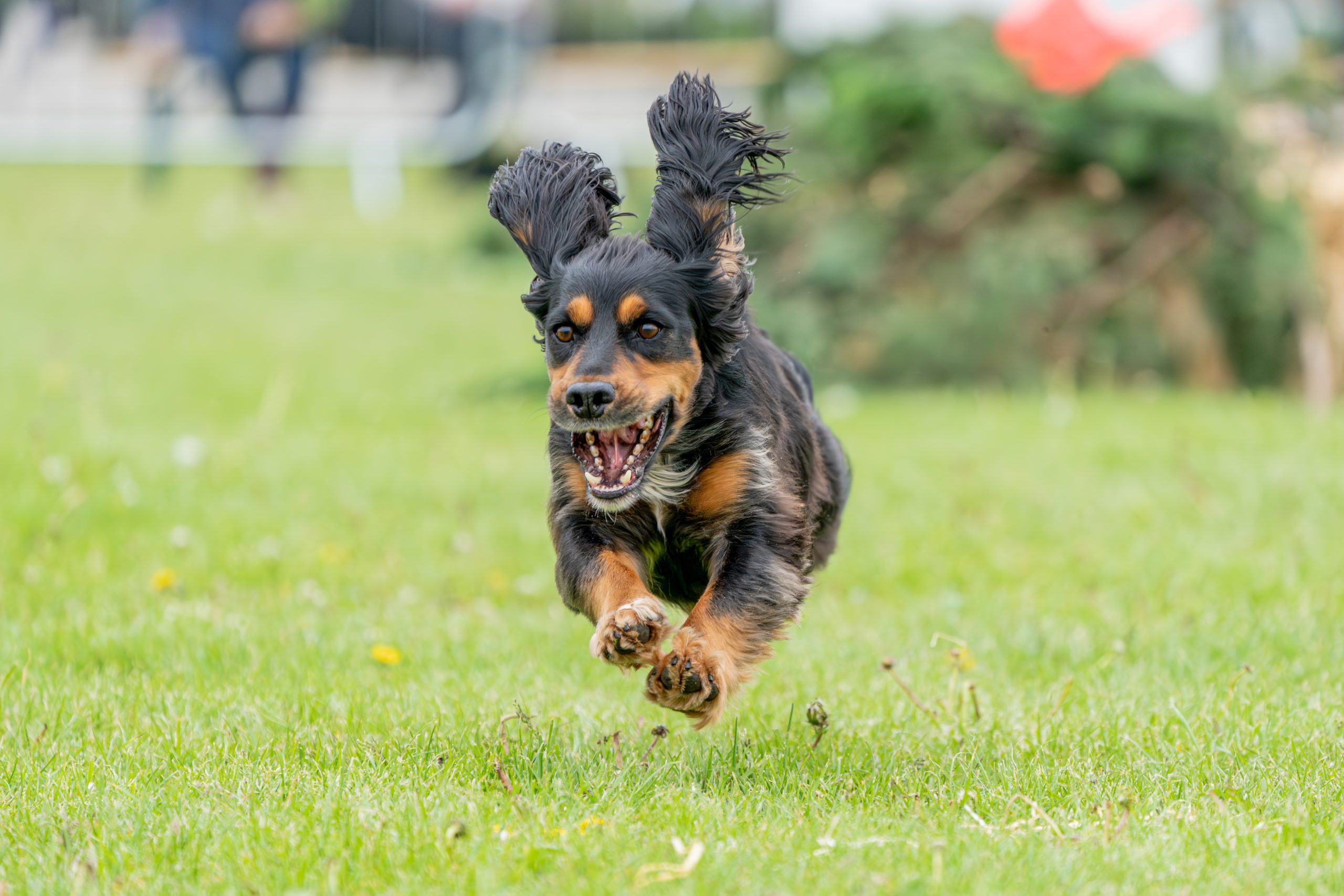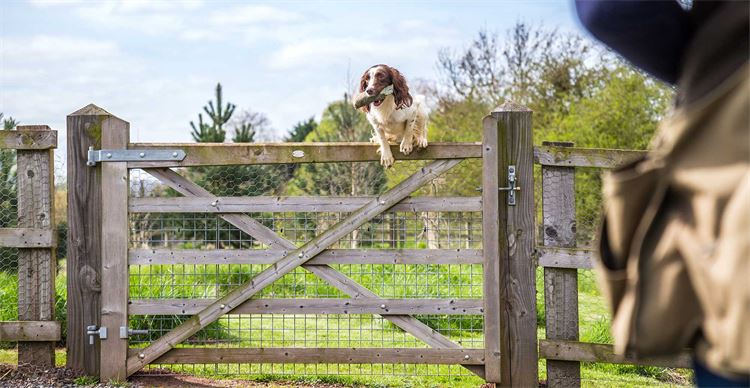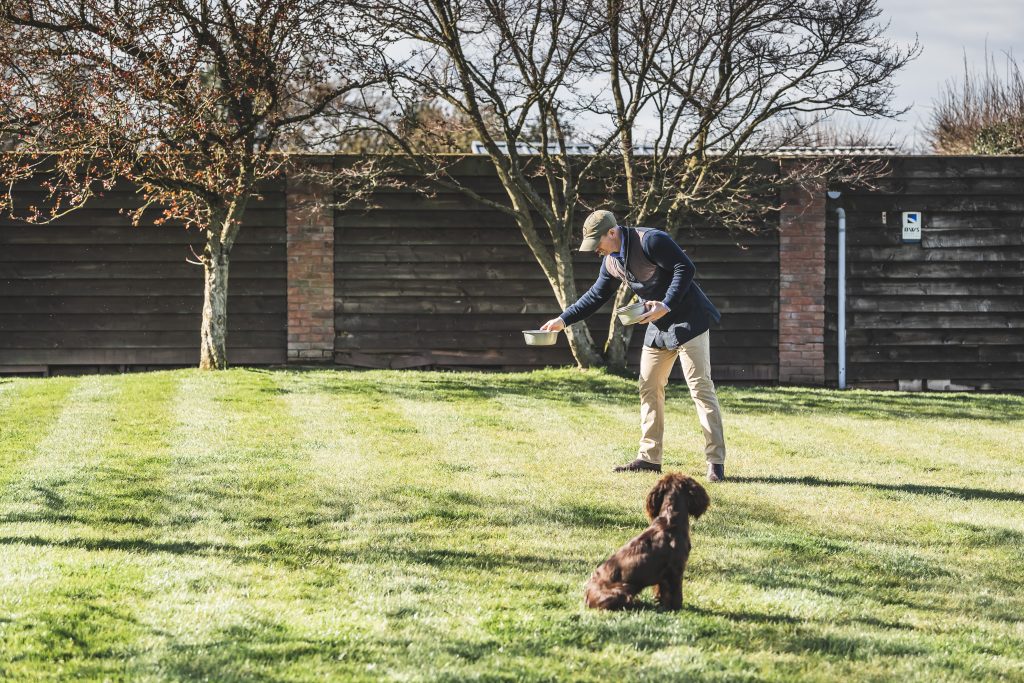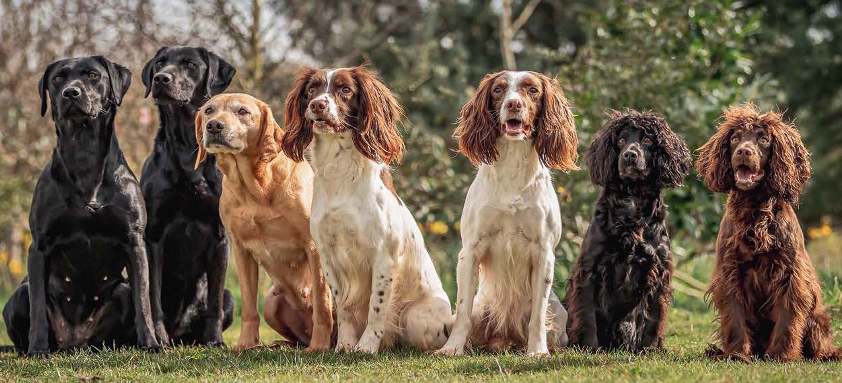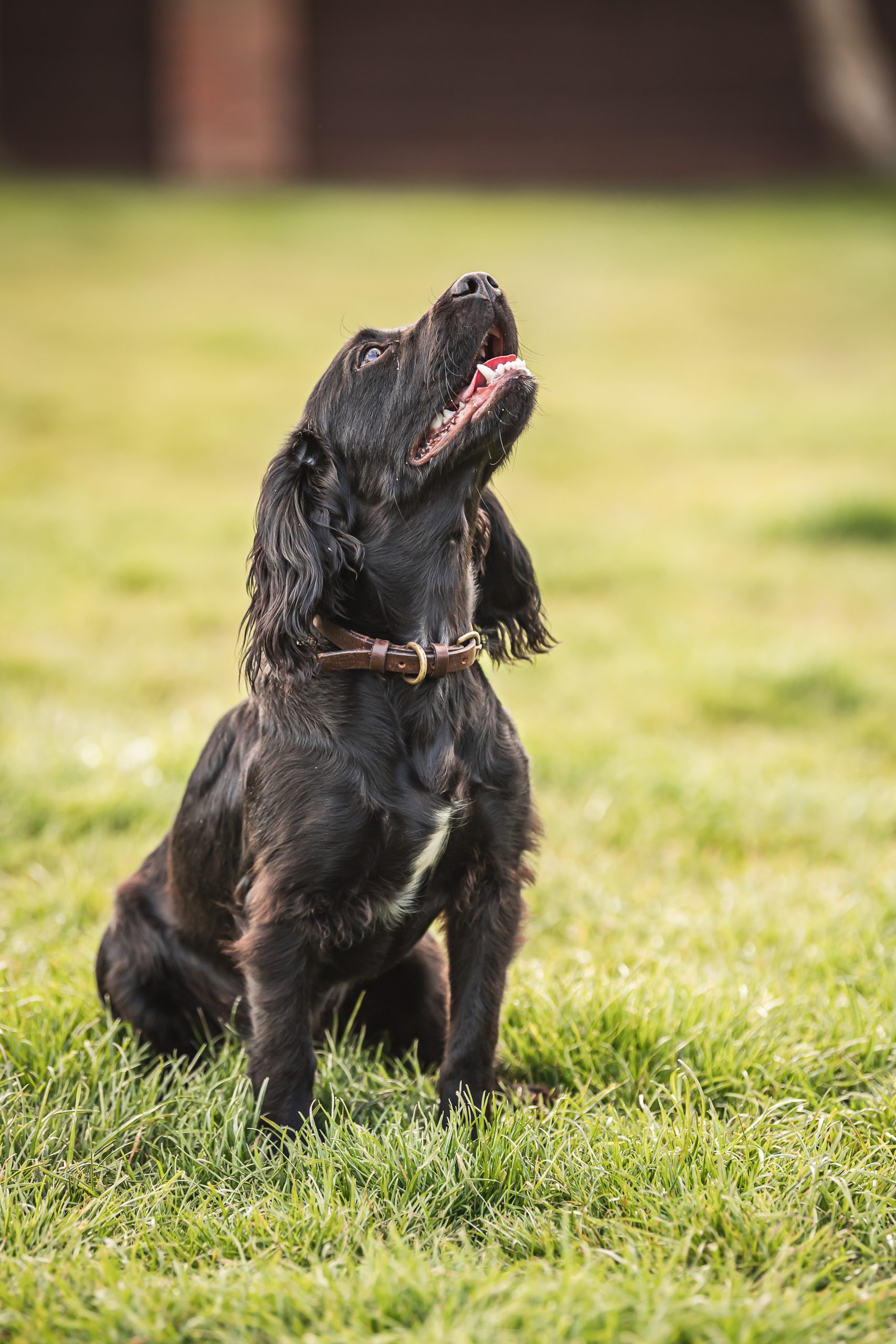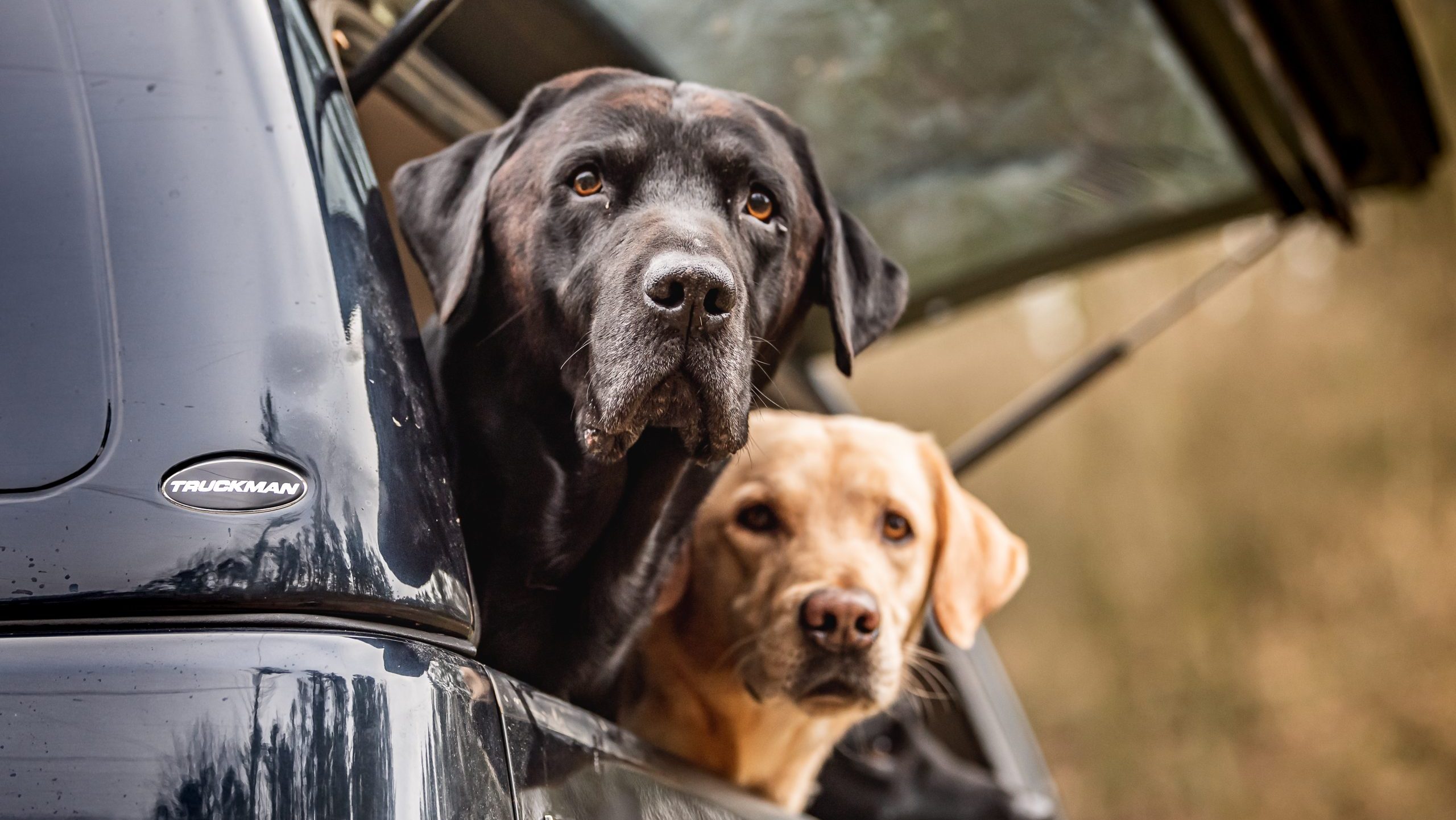Training
Five common gundog training mistakes – Part 2
Five more common gundog training mistakes and how we should aim to avoid them.
Would you like to appear on our site? We offer sponsored articles and advertising to put you in front of our readers. Find out more.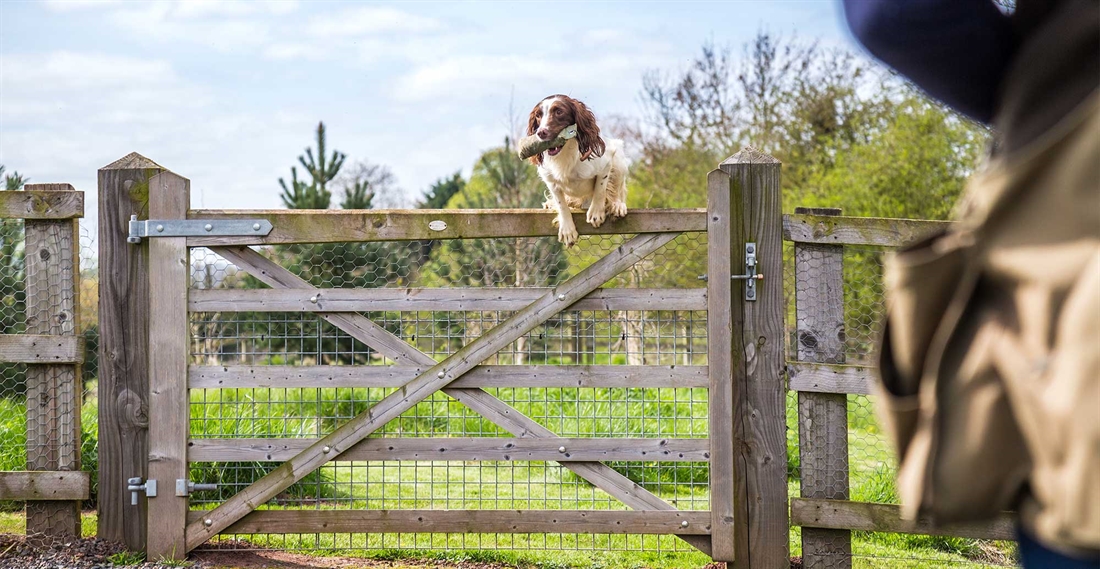
1. Loud and excessive handling
Dogs have very good hearing – you don’t need to shout. Quiet, calm commands, that are not repeated or over-used, are often a sign of a good handler.
Example: Dogs listen not only to words but also tone and volume when you give a command. If the dog is used to being told loudly to ‘sit’ when just a yard away from you – voice or whistle – it will expect the same volume and tone of command when it is 30 yards away. Loud commands in the training paddock translate to bellowing in the shooting field.
Instead: Stay calm, and use quiet but clear commands when in close proximity to your dog – from puppyhood. This way, the dog will notice when you change your tone. If you ask your dog to do something once and it has definitely heard you and chooses not to do it, then calmly take the dog back to where it was when you gave the command and issue the command again, ensuring that your dog obeys.
2. Getting stressed
If we don’t find something enjoyable, where is the incentive to keep doing it? The same holds true for dogs. Training should be relaxed and enjoyable, both for you and for your dog.
Example: Patience is key when training any dog. Losing your rag and shouting during a training session if things aren’t going right will only make matters worse and weaken the bond between dog and handler. Dogs can sense if you are uptight and stressed and this will have a detrimental effect on training sessions.
Instead: If you’re stressed, do not even attempt to train your dog. Only commence a training session when you are relaxed, and make sure your dog is enjoying it! Each session should be planned so that weaker areas from the previous sessions are addressed.
3. frequent failure
If a dog begins failing on a regular basis in its training, it will start to lose confidence.
Example: Trying to direct a dog that is not yet confident at working in cover, to a blind retrieve in thick cover with unfavourable wind. The dog gets fed-up of not succeeding and quickly loses confidence in its own ability, and hence loses its enthusiasm to enter cover in the future.
Instead: Always keep training fun and finish on a positive note. Set up situations in training which almost ensure that the dog will succeed. If the dog doesn’t succeed, show it how to do what is being asked at a simpler level.
4. Too much repetition
Whilst it is vital that a dog absolutely understands each lesson in its training, too much of the same thing in a short space of time can dampen enthusiasm.
Example: A thrown, marked retrieve in an open area is a very straightforward exercise for most dogs once they have learned the basics. By throwing such retrieves too often, the exercise becomes boring, and the dog less enthusiastic.
Instead: Keep things varied and interesting. This doesn’t necessarily mean that the difficulty of the training must increase. Use different shaped and sized dummies for retrieving, pick dummies yourself most of the time and try calling your dog away from them. Work in different types of light cover.
5. Complacency
Never rest on your laurels. Once a top sportsman reaches a certain level, do they stop training? Of course not. The same goes for your dog.
Example: You’ve put in the hard work, and your dog is the perfect companion in the field. Steady, enthusiastic and efficient. Job done. Once the season is over, the training sessions become less and less frequent until they almost cease completely. Your consistency with your dog begins to slip. Before you know it, bad habits start creeping in.
Instead: Continue with training and try some new exercises to keep things fresh. Work on weaknesses noted during the season, and plan your training sessions accordingly.
Related articles
Training
Patience is a virtue
It’s a skill that is often overlooked in training, but which is vital for all gundogs. Ben Randall explains how to capitalise on some everyday opportunities to practice it, now that spring is here.
By Time Well Spent
Training
The theory of puppy training
When you collect your puppy – and at every stage thereafter – you’ll need a safe and secure form of transportation. Here are four high-quality options to suit all requirements.
By Time Well Spent
Get the latest news delivered direct to your door
Subscribe to Gundog Journal
Unlock the full potential of your working dog with a subscription to Gundog Journal, the UK’s only dedicated magazine for gundog enthusiasts. Published bi-monthly, this authoritative resource delivers expert training advice, in-depth interviews with top trainers and veterinary guidance to help you nurture a stronger bond with your dog.
Whether you’re a professional handler, breeder, or simply passionate about gundogs, each issue offers a wealth of knowledge on breeds like labradors, spaniels and vizslas. Subscribers gain access to topical articles, real-life stories and exclusive offers from trusted brands.
With stunning photography and thought-provoking content, Gundog Journal is your essential guide to understanding, training and celebrating these remarkable working breeds.


Manage Consent
To provide the best experiences, we use technologies like cookies to store and/or access device information. Consenting to these technologies will allow us to process data such as browsing behavior or unique IDs on this site. Not consenting or withdrawing consent, may adversely affect certain features and functions.
Functional Always active
The technical storage or access is strictly necessary for the legitimate purpose of enabling the use of a specific service explicitly requested by the subscriber or user, or for the sole purpose of carrying out the transmission of a communication over an electronic communications network.
Preferences
The technical storage or access is necessary for the legitimate purpose of storing preferences that are not requested by the subscriber or user.
Statistics
The technical storage or access that is used exclusively for statistical purposes.
The technical storage or access that is used exclusively for anonymous statistical purposes. Without a subpoena, voluntary compliance on the part of your Internet Service Provider, or additional records from a third party, information stored or retrieved for this purpose alone cannot usually be used to identify you.
Marketing
The technical storage or access is required to create user profiles to send advertising, or to track the user on a website or across several websites for similar marketing purposes.


